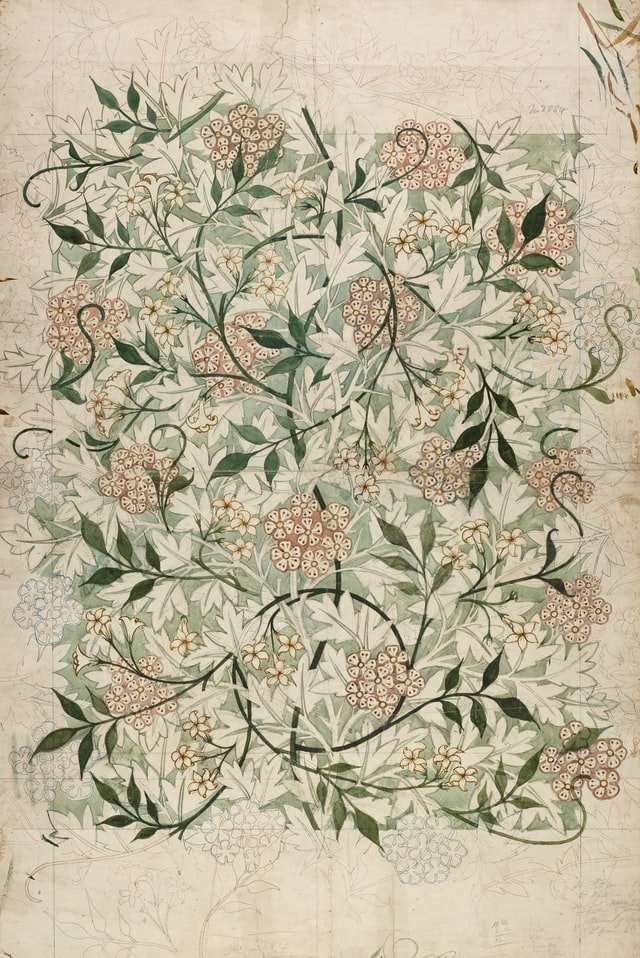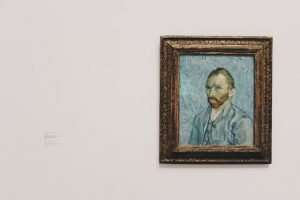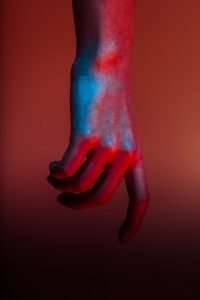There are many different types of art. For this project I have chosen to focus on the representational era of art history. This is a time when artists began to paint and sculpt realistically, in order to show what they saw all around them rather than creating a piece of artwork which was symbolic.
Towards the end of the 15th Century we begin to see the first signs of change in the style and subject matter of artwork. In Italy, one artist in particular stands out as being a key figure in the revolution towards representational art, this being Leonardo da Vinci. His famous Mona Lisa painting is one example of his new way of painting which became more commonly used by artists across Europe during the Renaissance period.
The following timeline takes you through four hundred years until finally arriving at Modernism in the early 20th Century which examined art from a different perspective using techniques and styles not seen before.
These images show a clear progression towards realism by comparing similar subject matter throughout history.
Representational art is a type of art in which the attempt is made to depict subject matter truthfully, without artificiality and avoiding artistic conventions, or to represent aspects of art on a two-dimensional surface.
In representational art, the main focus of the artist is on depiction of subjects that can be clearly seen. Sometimes artists will use realistic proportions when depicting their subjects, such as the ratio between the width and height of a picture, especially when looking at an entire scene depicted in one painting. Other times, artists use realistic proportions for only part of a picture or none at all.
Description:
This article presents an organized timeline of representational art by showing the historical development of each style in fine art and design. The history of representational art is presented chronologically starting with Paleolithic cave paintings and ending with contemporary works of photography.
The timeline begins with examples of cave drawings from the Stone Age. It then covers Ancient Egyptian hieroglyphs and Ancient Persian tapestry designs before moving through Ancient Greece, Rome, Medieval Europe and finally ending in Modern Art.
Art historians divide the history of Western Art into movements or periods which are named after characteristic artistic styles. These styles were not necessarily created during the time periods that bear their names but are linked
Representational art is the artist’s attempt to represent objects in the real world. In the early ages of art it was difficult to depict reality in a realistic manner. Eventually artists began to use more forms and proportions as guidelines for their artwork. Around the Renaissance period artists began to understand that they could create a sense of depth through perspective. The 19th century saw some of the most dramatic changes in art history as Impressionism, Post-Impressionism and Art Nouveau changed the way artists depicted life and its surroundings.
In this timeline we try to capture these changes in a simplistic manner (of course there are many more artists than those presented here). We decided not to include abstract art since that is a different form altogether.
It is important to remember that the art history timeline is not an art history, it was created as a graphic art representation. The dates used in this timeline are just approximations, but the content is intended to be accurate.
I have not included every artistic era or point of time on this timeline, but most are there. I have tried to keep the information on this blog accurate and up-to-date. This timeline is purely informational and has no educational value. Some of the information was found at Wikipedia, some from various other sources on the internet including the following:
The Art Story
Artcyclopedia
Art.com
History of Art Hub
The Art Story Blog
Artcyclopedia Blog
Much of the information on these websites comes from their own research, which has been very helpful in creating this timeline graphic.
The word “representational” is used in art history to describe a work of art that attempts to depict what the artist sees in the real world. It is often used with a negative connotation, as if it was some ill-advised attempt to paint what was already painted before. This is because we tend to think that abstraction, or non-representational art, is more important or better than representational art.
Trying to understand representational art by itself without its surrounding cultural context makes little sense. What does it mean for a Renaissance painting that depicts biblical stories to be “better” than one depicting Roman gods? How does this fit into the larger Renaissance artistic movement of trying to capture the natural world in a way that was not seen before? And how does this fit into the larger historical context of Protestant Christianity?
Art historians like to give us neat packages of information about artists and their works. But by doing this they are hiding the greater truth about how those artists were influenced by everything around them — including their artistic peers and predecessors.
As you read through these different eras of art history, ask yourself why each artist was working at that time: What sorts of problems did they have in mind when they were creating their masterpieces? What sort of political
The main styles of art that have developed over the years are Representational, Abstract, and Combination. Each style has a distinct set of characteristics that make it visually appealing to the eye. Each style also has its own meaning and story behind them. The three styles of art had been around since the beginning of time. It all started in prehistoric time when people started to carve statues out of stone. This was one of the earliest forms of art that could be called a style of its own. The second era of art came about when humans began to create paintings on cave walls and animal skins for decoration or religious reasons. This was another type of early representational style that was found in history. The third era of art started when humans began to use materials such as clay and paint to create more detailed paintings, such as Egyptian hieroglyphics and Greek murals. There were several other eras after this but they were mostly different variations on the same types. After this occurred many changes in the types and styles of art that were produced until they finally led up to contemporary times where many different types and styles exist today.
Since the beginning of time, people have made art. Art has gone through many changes over the years. A timeline was created to show all the eras in which art changed drastically.
Art became popular and more widely used during the Renaissance period(1400s). The Renaissance period was a time when artists had a freedom to work with whatever they pleased. Also, there were many advances in technology that made painting and sculpting more accurate and realistic. Similarly, during this period, painters started using oil paints instead of egg yolk paints.
During the Baroque period (1600s-1700s) art was even more advanced than it was in the Renaissance era. Artists started using oil paints, but also added shading techniques for further realism. They also started focusing on one single object or person instead of multiple objects or people like they did before. They also introduced new ways to portray facial features and expressions that were never used before; such as chiaroscuro.
Artists then entered a transitional period where no one really knew what direction things would go with in terms of art; this is known as Neoclassicism (1750-1800). Next, came Romanticism, which is a more emotional type of art (1800-1850). During



